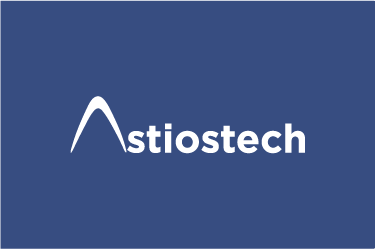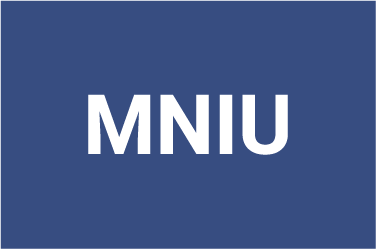The Challenge
Clunky Monitoring for a Complex Infrastructure
A North American insurance underwriter struggled with its big-name monitoring solution. The solution wasn’t able to smoothly handle the company’s complex IT infrastructure or deliver the highly detailed information and insights required.
Separate modules fed into a dashboard that felt slapped together. The SNMP trapping interface had no ability to integrate into a centralized dashboard. Many workarounds were required to build a dashboard with pertinent information. Due to the design of the product, the shortest notification time was 15 minutes. Customization was convoluted.
In other words, IT infrastructure monitoring felt like a turbulent windstorm at best.
Why Nagios?
“Customization is Best in the World.”
The company’s infrastructure architect knew more detailed information, and near-real-time IT infrastructure monitoring results were essential. He championed Nagios XI.
“If we never wanted to customize anything, we could’ve stayed with our old solution, but it wouldn’t have let us do the job right,” he said.
When it comes to IT infrastructure monitoring, Nagios XI delivers detailed application, service, and network monitoring all in a central location. With graphs and reports, customizable dashboards, integrated databases, a backend API, multi-tenancy, and configuration wizards, it is a complete Linux-based monitoring, alerting, graphing, and reporting solution. Nagios XI also allows for true customization during installation, using any preferred programming language.
“There’s a small learning curve with Nagios, and then you can do things you could never do with another solution. Nagios is the framework that allows you to design or build whatever you want because the customization is best in the world.” – The Architect, Multi-National Insurance Underwriter
The Results
Working More Easily and Collaboratively
Today, the company monitors 370 hosts and is growing, as well as 2,800 services. The team is building out host and service groups and will soon dig into customized checks and running clusters.
Monitoring More Than Ever Before
“To start, we’re determining our baseline, which we couldn’t even do with the old solution,” said the architect. “So we created these checks, and we have them pulling every 60 seconds over a course of three minutes. This is helping us figure out what’s ‘normal.’”
The team also created custom checks for websites that require logins. “You have to log into our customer page, but the old solution could only check the port and not whether the actual site was displaying valid content. With Nagios, I created a process that grabs a cookie from the login page. I then check the site in question, logging in with the cookie to make sure the website is up, online, and displaying valid content. That’s an example of something we can monitor with Nagios that we couldn’t do before.”
Code deployment to apps has also been very important. Nagios XI has helped the company create downtime scripts during code deployments, so the team can better monitor what the rest of the business is doing and mitigate false positives.
The architect listed off the improvements achieved with Nagios XI. “We now have one central dashboard that clearly shows us everything. We’re creating SNMP trap receivers for the F5. We’re doing custom checks on MS Azure. We have custom notes displayed when we receive email alerts that assist in troubleshooting, which contain pertinent information about the alarming hosts and services. We love the bulk configuration and editing to make changes. And we’re excited to use the event handlers.”
Comparing Nagios Core to Nagios XI
As a former Nagios Core user, the architect said Nagios XI’s features and tools make it much easier to use than Core. “Nagios XI’s interface makes it easier to see what we’re doing,” he said. “Once you understand the logic of XI, the learning curve is way less than Core.”
Eliminating Siloed Knowledge
There’s a lot of excitement about rolling out Nagios XI to all offices and onboarding other IT team members. The company hopes to eliminate silos of knowledge and get everyone working collaboratively.
“They’ll have dashboards customized for them and can dig into the problems themselves, like if there’s a policy or quote issue,” said the architect.
Today, the company monitors its IT infrastructure and accomplishes more with Nagios XI than it ever did with its previous solution. “The other vendor made us buy a bunch of modules just to equal the capabilities of XI,” he said. “There’s unlimited potential with Nagios XI!”


